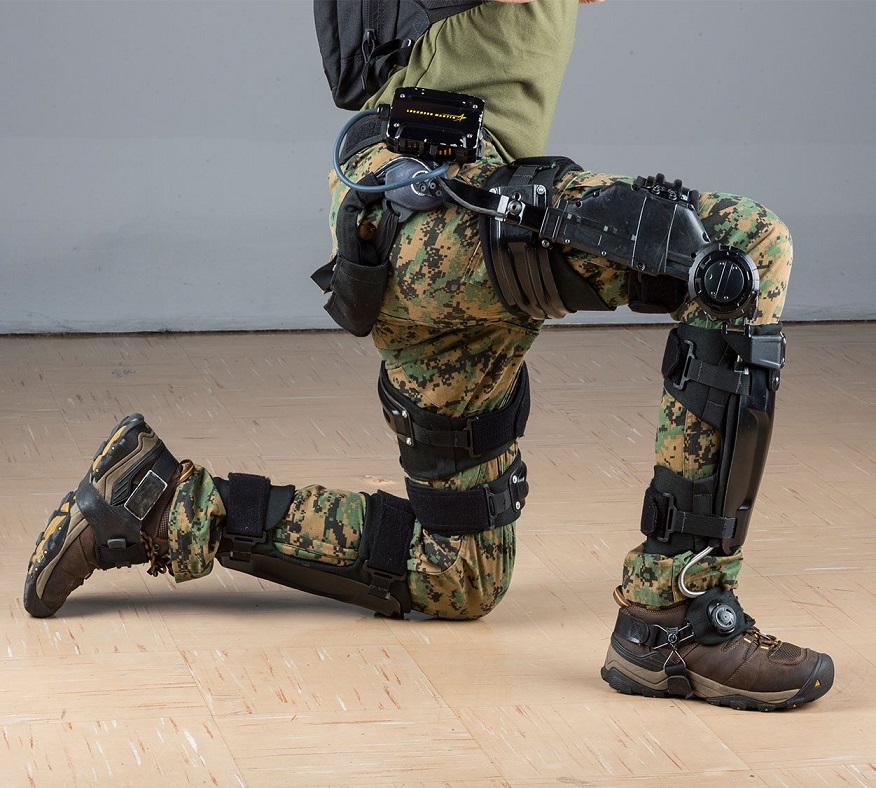This post is also available in:
 עברית (Hebrew)
עברית (Hebrew)
Soldier augmentation has become another field in the competition between the Russian and the US military forces. Russia has been accelerating the development of it Ratnik-3 combat suit, as reported here, with a built-in exoskeleton for infantry troops. There were hints made that the suit was tested in combat. At the same time, the US has been attempting to develop its own TALOS suit.
Both the Ratnik-3 and TALOS efforts seem constrained by available power. The Center for New American Security, or CNA evaluates that “the current state of technology still does not have sufficient power to manage the intense load-carrying capacity that the SOCOM TALOS suit concept requires…and development is needed before full-body exoskeletons will be feasible for infantry combat away from a reliable power source. Still, these advances represent a major step forward in the necessary technology for dismounted soldier exoskeletons,” according to defenseone.com, basing on a CNA report.
While size and power constraints are hindering the realization of militaries’ most ambitious Iron Man dreams, more modest exoskeleton suits are moving closer to real-world use. The U.S.Army is experimenting with two exoskeleton designs at the Natick Soldier Systems Center in Massachusetts. These won’t protect soldiers from enemy fire but they will help soldiers carry more stuff for longer. And they’ll likely be on the battlefield far sooner.
“Exoskeletons with more modest goals, such as lower-body exoskeletons that are designed simply to increase mobility, reduce energy expenditure, and reduce musculoskeletal injuries, may show more promise in the near-term,” according to the CNA report.
The larger of the two is the ONYX from Lockheed Martin. The ultimate goal of the Army program is a suit that reduces metabolic cost by 25 percent. That basically means one-quarter more running, pulling, etc.
The ONYX will run on lithium-ion batteries that allow for eight hours of running, jumping, and other active soldier tasks; that’s about four times the energy endurance of the Russian system.
On-board computing is another breakthrough reflected by the ONYX exoskeleton. In effect, the skeleton uses a learning, software-based nervous system to understand and predict the unique movements of its wearer. “There’s an AI that is learning the soldier’s gait. The longer the [soldier] is in the system, the system optimizes to push him along through that process,” said Keith Maxwell, a product manager from Lockheed Martin.


























